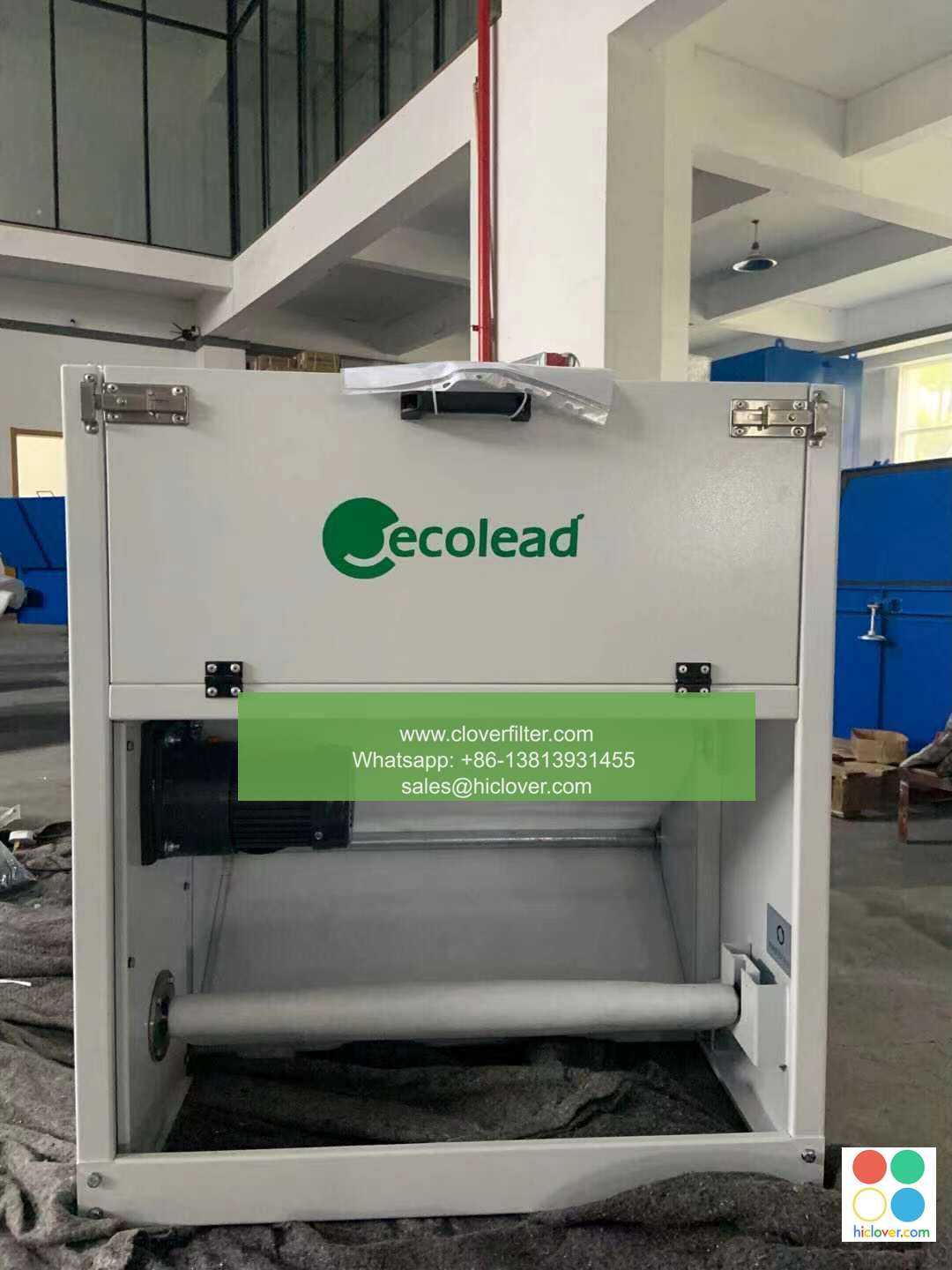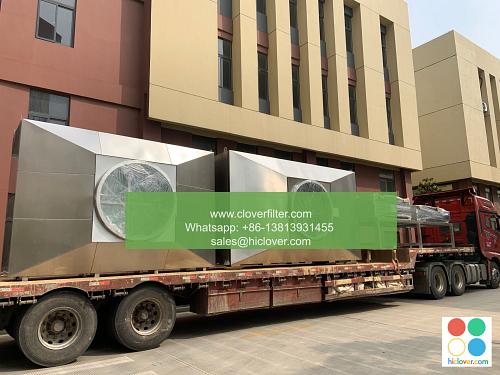Analyzing Air Filter Performance: A Review of Current Methods

Air filter performance is a critical aspect of maintaining good indoor air quality, and it is essential to analyze and evaluate the effectiveness of air filters in various applications. In this article, we will review the current methods of analyzing air filter performance, highlighting various application areas, and discussing the importance of indoor air quality (IAQ), air filtration systems, and filter efficiency.
Introduction to Air Filter Performance Analysis
Analyzing air filter performance involves evaluating the ability of an air filter to remove particulate matter (PM), gases, and volatile organic compounds (VOCs) from the air. The performance of an air filter is typically measured by its filter efficiency, which is the percentage of particles removed from the air. The American Society of Heating, Refrigerating, and Air-Conditioning Engineers (ASHRAE) and the International Organization for Standardization (ISO) have established standards for testing and evaluating air filter performance.
Current Methods of Analyzing Air Filter Performance
Several methods are used to analyze air filter performance, including:
* gravimetric testing: This method involves weighing the amount of particulate matter collected on the filter to determine the filter’s efficiency.
* optical particle counters (OPCs): OPCs use light to count and measure the size of particles in the air, allowing for the determination of filter efficiency.
* scanning mobility particle sizers (SMPS): SMPS use a combination of electrical and aerodynamic forces to measure the size and concentration of particles in the air.
* filter test rigs: These are specialized systems designed to test air filters under controlled conditions, allowing for the evaluation of filter performance under various operating conditions.
Application Areas of Air Filter Performance Analysis
Air filter performance analysis is essential in various application areas, including:
* industrial ventilation systems: Air filters are used to remove hazardous particles and gases from the air in industrial settings, such as manufacturing facilities and power plants.
* commercial HVAC systems: Air filters are used to maintain good indoor air quality in commercial buildings, such as offices, schools, and hospitals.
* automotive air filtration systems: Air filters are used to remove particulate matter and gases from the air in vehicles, improving air quality and driver comfort.
* residential air filtration systems: Air filters are used to maintain good indoor air quality in residential buildings, such as homes and apartments.
Importance of Air Filter Performance Analysis
Analyzing air filter performance is crucial to ensure that air filters are functioning effectively and efficiently. Poor air quality can have significant health impacts, including respiratory problems and cardiovascular disease. By evaluating air filter performance, individuals and organizations can:
* improve indoor air quality
* reduce health risks
* increase energy efficiency
* extend the life of air filtration systems
In conclusion, analyzing air filter performance is essential to ensure that air filters are functioning effectively and efficiently. By reviewing the current methods of analyzing air filter performance and highlighting various application areas, we can better understand the importance of indoor air quality, air filtration systems, and filter efficiency. As the demand for clean air and energy-efficient systems continues to grow, the need for accurate and reliable air filter performance analysis will become increasingly important. You’ve provided a prompt, but it doesn’t contain a question or topic for me to address. Could you please provide more context or clarify what you would like to discuss? I’m here to help and will do my best to provide a direct and informative response. What’s on your mind?

